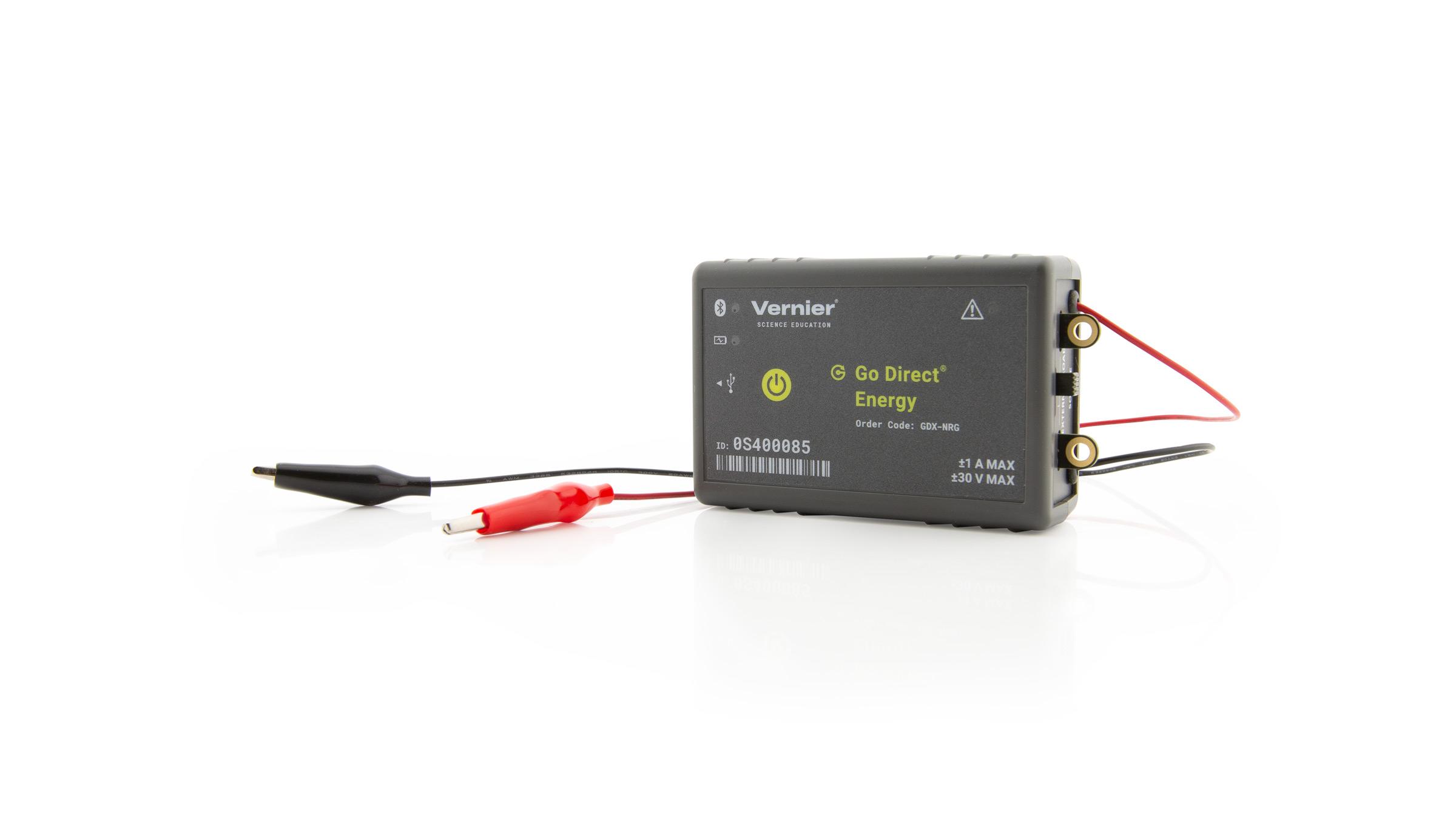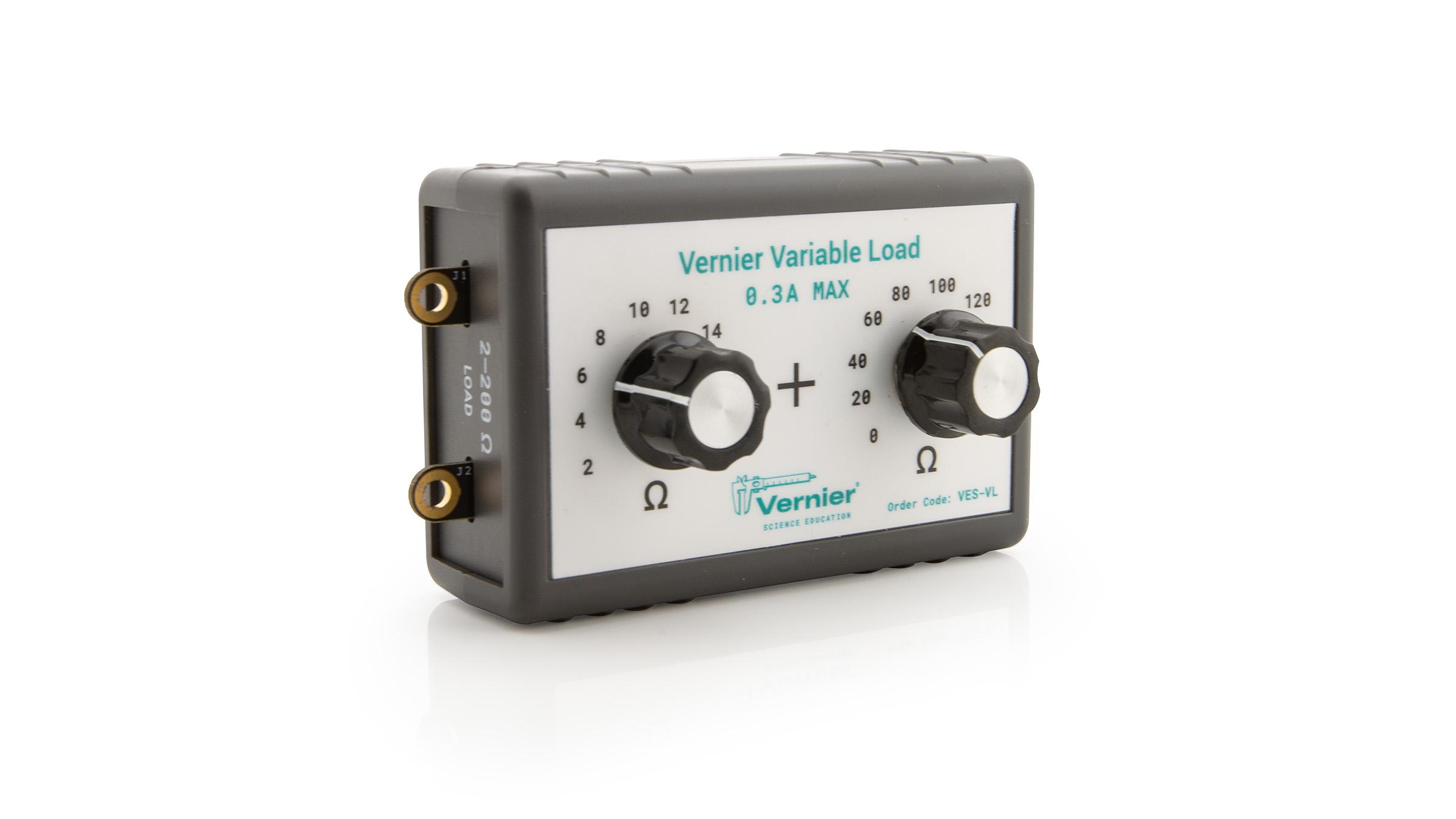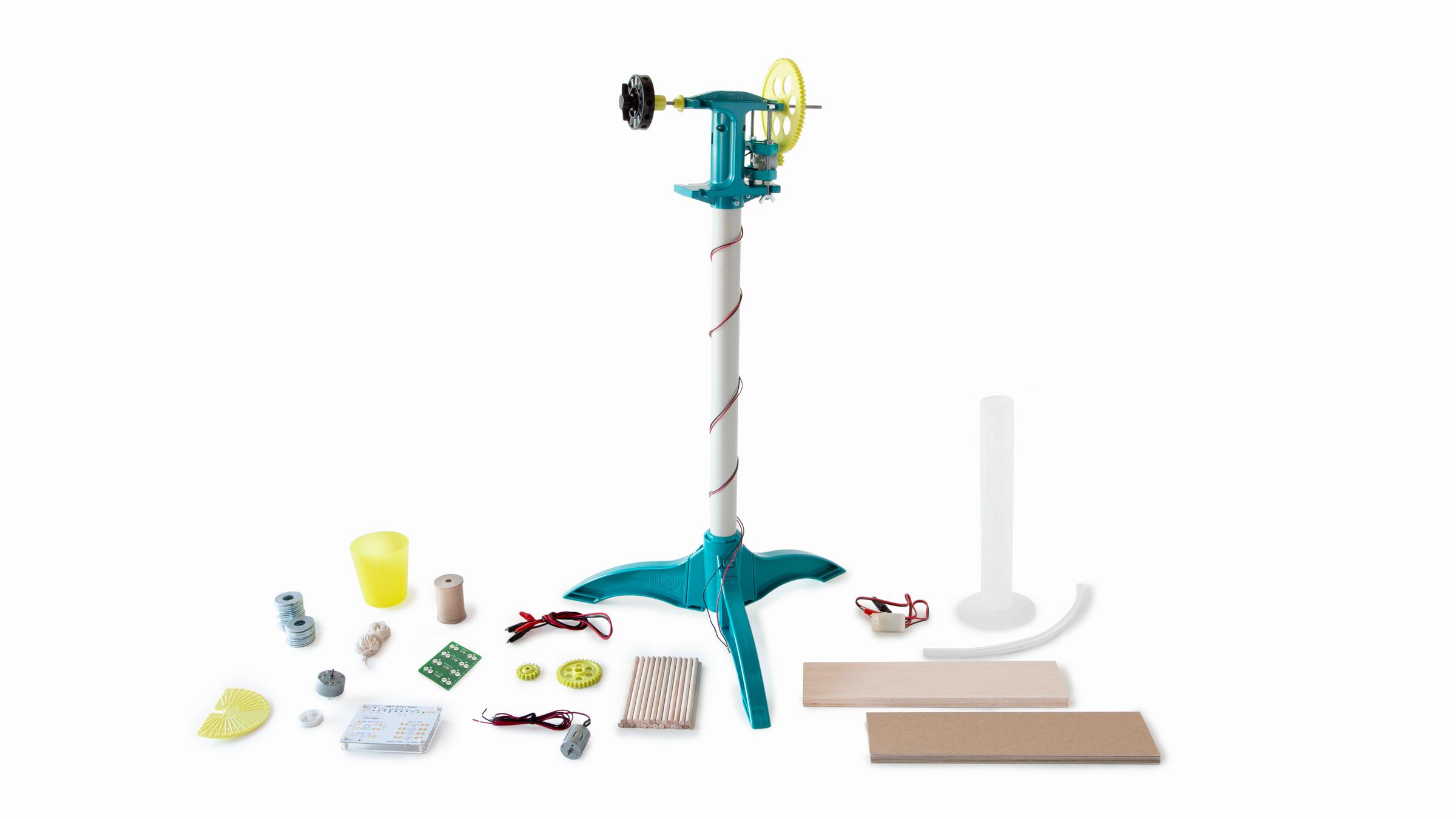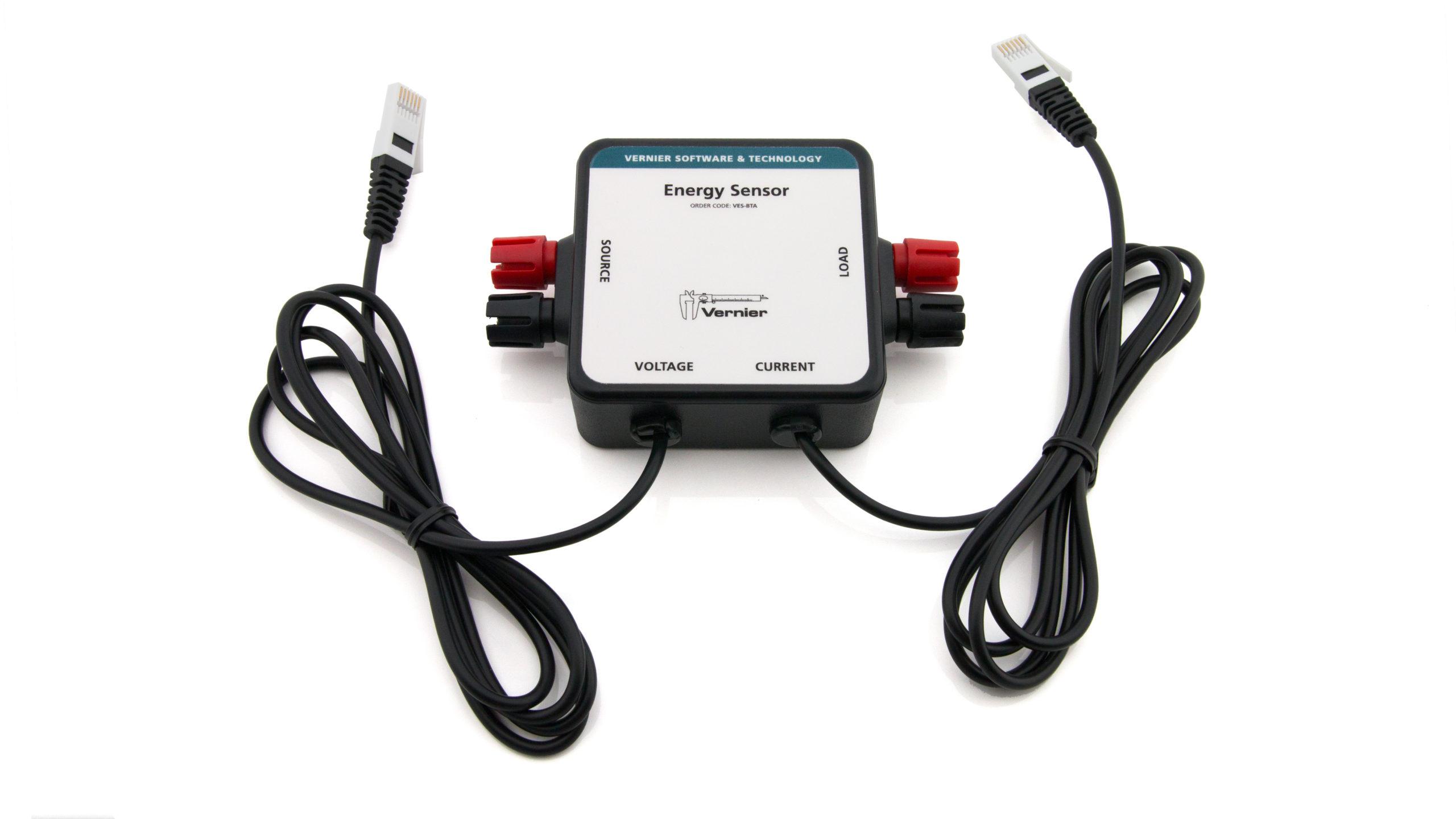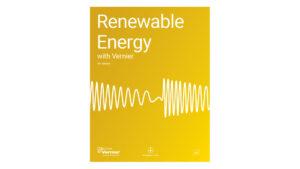
Introduction
Consider the wind turbines in Figures 1 and 2. What differences do you observe? These two examples are designed for two different purposes. The windmill in Figure 1 is designed to pump water; the turbine in Figure 2 is designed to generate electricity. In addition to variations in the tower design and number of blades, notice that the total surface area of the blades in each turbine is very different.
Solidity, the ratio of the total surface area for all blades to the total swept area, is calculated using the equation
where n is the number of blades, a is the area of a single blade, and A is the swept area of the turbine.
Turbines with a high solidity (e.g., greater than 0.80), rotate at a low speed, while turbines with a low solidity (e.g., 0.10), rotate at a higher speed.
Blade pitch dramatically affects the torque, speed, and the amount of drag experienced by the blades of the rotor. It also affects the solidity of the turbine. Blades with a shallow pitch (10–30°) have less drag, and provide greater solidity by presenting more of their surface to the wind. However, they can’t provide as much torque (turning force) to the generator. A greater pitch (30–60°) has less solidity and more drag, but can provide more torque to the generator.
In this experiment, you will calculate the planform area, the area the blade projects onto the plane of rotation, using the area of the blade and its pitch. You will use the total planform area (for all blades) to calculate the solidity of the wind turbine. You will then investigate how the turbine solidity affects electrical power output.
Objectives
- Measure the total blade planform area.
- Calculate the total area swept by a wind turbine blade.
- Calculate solidity of a wind turbine.
- Investigate the relationship between power output and solidity.
Sensors and Equipment
This experiment features the following sensors and equipment. Additional equipment may be required.
Ready to Experiment?
Ask an Expert
Get answers to your questions about how to teach this experiment with our support team.
- Call toll-free: 888-837-6437
- Chat with Us
- Email support@vernier.com
Purchase the Lab Book
This experiment is #11 of Renewable Energy with Vernier. The experiment in the book includes student instructions as well as instructor information for set up, helpful hints, and sample graphs and data.

